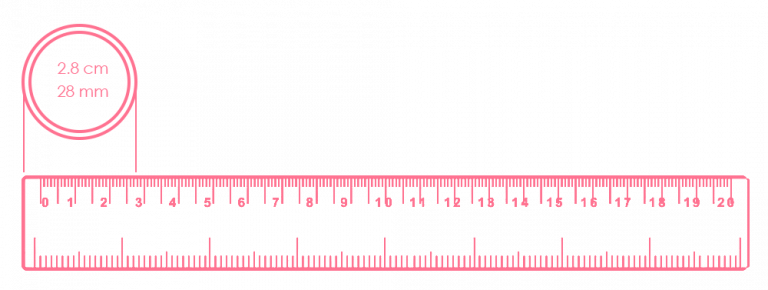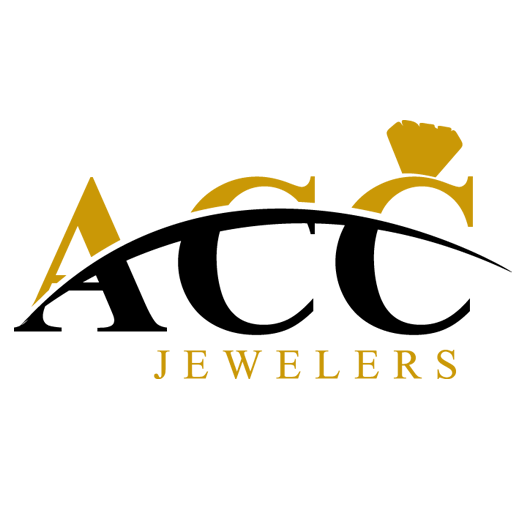

Ring sizing is a fairly straight-forward process, and one of the most commonly used by the bench jeweler. It involves either adding or removing a piece of metal from the shank of a ring to increase or decrease the diameter, or ring size. 2.61mm added to or removed from the shank will change the ring by one full size (US sizes). There are a variety of techniques used to affect the size of a ring.
SWAGING
There are two methods that can be utilized to decrease the size of a ring: swaging; or eliminating a piece of the knife. Swaging requires the utilization of a bunch of bites the dust and press to compel the ring into the pass on. Most business ring cots have a swaging set at their base. Swaging should just be utilized on plain half round wedding rings that are not tightened. It is vital that the band has not been cut and measured previously. This will influence the capacity of the metal to disturb (swage) consistently. Level endlessly groups with examples will be mutilated by this cycle.
Start by tempering the band. Select a bite the dust that permits around 33% of the band width to distend over the kick the bucket surface. The outer layer of the bite the dust should be cleaned and liberated from any deformities or rust. Assuming the press has a movable slam, set it so the smash doesn't contact the outer layer of the pass on plate when it is at the lower part of the stroke. It isn't important to grease up the ring or bite the dust when it is being swaged.
Focus the ring in the bite the dust and position it under the slam. Gradually lower the slam and permit it to even out the ring in the kick the bucket. Utilizing firm strain, push the handle of the slam down about portion of the stroke. Raise the smash and turn the ring over and rehash this cycle. Since this interaction will in general move the edges of the ring internal, it is important to lessen the ring size one half size more modest than the planned size.
Now position the ring on the ring stretcher or steel ring mandrel and bring it back to the desired size. This step will eliminate the cupping that is produced on the inside of the shank from the rolled edges. After swaging, the ring should be stress relieved and polished. If the size of the ring must be reduced by more than two sizes, this technique is not recommended.
SIZING
If the ring is cut to be sized it must be rejoined. There are two common joints used butt and dovetail. The butt joint is formed when the shank is cut flat on the ends, and brought together to form a tight seam or joint. The dovetail joint is formed by making a “V” shaped cut or notch in the shank (when viewed from the side) and shaping the other side of the joint into a blunt point to match the “V” (Fig. 1). Although the butt joint is more commonly used of the two, the dove-tail is a much stronger joint. The main reason for its infrequent use is due to two factors; the jeweler is not familiar with this technique or the joint is difficult to fit properly. Because most jewelers are familiar with fitting a butt joint, I will focus on fitting the dovetail.

One of the more normal issues that goldsmiths have in fitting the dovetail is brought about by attempting to make the points excessively sharp (intense). The "V" ought to be genuinely open, no more keen than 90° and open something like 120°. This point can be cut in one of two ways, cut or recorded. By and by, I like to shape the joint by cutting. Lay the ring level on the seat pin and relax one finish of the saw cutting edge and pass it through the ring. Gradually saw part of the way through the knife (from within outward) at a 45° point. Make certain to keep the saw opposite to the knife. Relax the cutting edge and eliminate the ring from the saw. Set the ring back on the seat pin and from the external saw internal to the past cut at a 45° point, inverse the principal cut, to shape a "V". Utilize a #1 saw sharp edge to take care of business, and the fitting will be a lot simpler. This will shape the female side of the joint.
To frame the male finish of the joint, I utilize a couple of corner to corner cutters ( a weighty pair of wire cutters) to shape the essential shape. The last shape can be framed rapidly with the utilization of a level hand record. Utilize long straight strokes to keep the surfaces level. Preliminary fit the joint and make any change in accordance with make the surfaces set flush. Assuming you are adding a fitting to the knife (evaluating) don't attempt to fit the two closures simultaneously. Focus toward one side and patch it into place prior to fitting the opposite end. This will make the fitting system a lot more straightforward.
While utilizing a document to shape the "V," a square needle record is a decent decision. It is critical to utilize long smooth strokes to keep the surfaces level. Utilize a saw to begin the section in the focal point of the knife to permit the record to follow along. A #1 saw cutting edge functions admirably. It isn't important to take care of business any more profound than the saw cutting edge. A three corner record additionally functions admirably, yet remember that the point should be opened up, so just document each surface in turn. Care should be taken to keep the corner from floating into the contrary surface. After one side is fit, weld it into place (in the event that the ring is being evaluated) and start fitting the excess side.
The patching system is genuinely direct. There are a couple of contemplations that ought to be noted. In the first place, make certain to shield the outer layer of the metal from oxidation with a powdered boric corrosive and liquor arrangement prior to warming. Motion the joint to additionally forestall oxidation and decrease surface pressure to permit the patch to stream. Recollect that weld generally streams toward the hotness, so heat the joint from the contrary side that the patch is put. Continuously heat the mounting and never the weld straightforwardly.
Assuming bind disintegration happens, it typically occurs as an afterthought that the weld is put onto preceding liquefying. Assuming the bind is put within surface of the ring and attracted through to the external surface, pitting along the weld joint can generally be decreased. Furthermore, the weld is a lot more straightforward to position and stays set up better during the warming system.
While warming the knife, it is ideal to warm along the knife, not this way and that, in accordance with the bind joint. Utilize an on/off warming procedure while warming the knife. This will permit the hotness to settle in the knife and give better command over the patch stream. Try not to attempt to over stream the bind. Eliminate the hotness source the second the bind moves through the joint, regardless of whether some weld remains heaped on the contrary side. Patch just necessities to stream to the external surface of the joint and not flood over the outer layer of the knife. Attempting to flood the bind over the surface is the primary component in overheating the weld which advances patch disintegration. Patch disintegration will show up collectively of little pits in the space of the weld. These pits will be along the edges of the joint and not in the actual joint.
Before the knife is balanced once more, it is ideal to document within joint flush. Leaving the joint lopsided while adjusting can add unnecessary pressure to the patch joint and may prompt disappointment. After within is recorded flush, utilize a rawhide hammer or dead blow hammer to balance the knife.
Slide the ring over the mandrel and pull it tight. Strike the knife straightforwardly against the mandrel and not with a looking blow. Keep in mind, the objective right now is to balance the knife and not change the ring size. Assuming the ring size stays somewhat more modest than the expected size, utilize a steel hammer (a pursuing mallet is great) and tap the knife delicately straightforwardly against the mandrel to expand the width. Never attempt to wedge the ring down the mandrel to expand the size. This training will frequently distort or force rings with a display top and breaking point all command over where the metal is extending. Assuming that the ring has been evaluated, hammer against the fitting to build the size. The attachment ought to be marginally thicker than the encompassing knife, and the slight diminishing impact of pounding the knife won't influence the general knife thickness.
After the ring is round and to estimate, document the knife to the legitimate shape. Assuming the sides of the knife are recorded first it is a lot simpler to edge to shape and thickness of the knife. Make certain to eliminate all abundance weld (if any) encompassing the joint. Utilize an emery buff stick to eliminate the document blemishes on all surfaces of the knife. The ring can be cleaned in the traditional way.


0 comments